I have accepted that calling this feature Outfit of the Week is unrealistic. I will try to continue posting at minimum once a month; we’ll see how that goes 😉
I’ve been wanting to do an outfit using a blouse in lieu of juban for quite some time now, but never really found inspiration until now. The other day I found this ruffled, high-necked, almost Victorian-inspired black blouse and everything fell right into place. I went with a very simple colour scheme, just using black and dusty pink. The kimono is an iromuji with a really lush, textured silk weave. The obi is actually my lobster tsuke obi wrapped backwards so it’s just solid black. I realised as I was dressing Tsukiko that it was coming across as a very pretty, demure, sort of outfit so I ramped that up with my pearls and an ume kanzashi from GirLinKimono on Etsy used as an obidome. It seemed very fitting for Valentine’s Day.
I love how soft and simple this coordination is, without being remotely boring. I also really like how the blouse-as-undergarment turned out, and I may end up having to try this out on myself sometime in the near future. It seems like it would be easier and more comfortable than worrying about juban and everything.
Happy Valentine’s Day to you all! May it be filled with love and chocolate or whatever else makes you happy.
Items used in this coordination
- Rose
- Black Pente
- Black Pente Lobster
- Pink & Silver
- Pink Ume

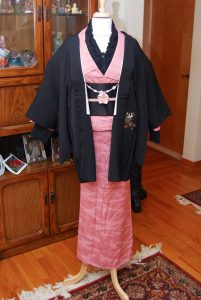
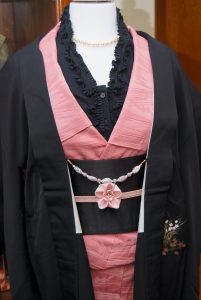
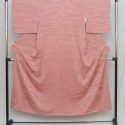
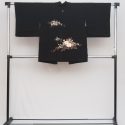
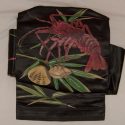
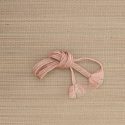
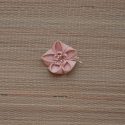
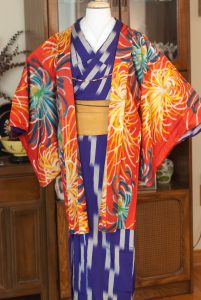
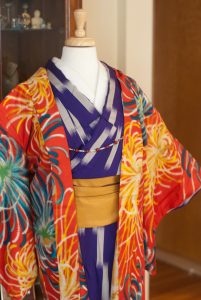

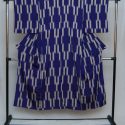
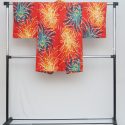
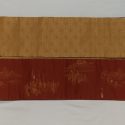
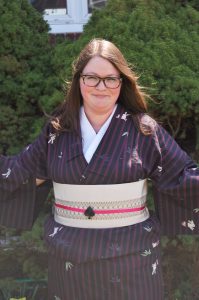
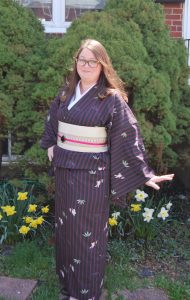
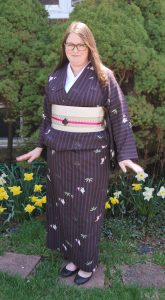
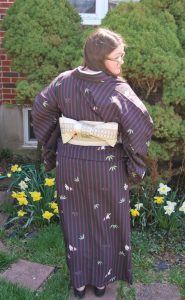
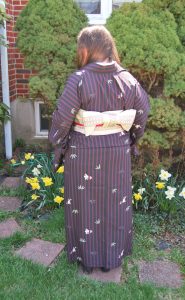
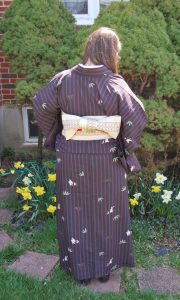
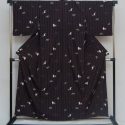
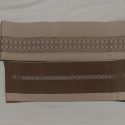
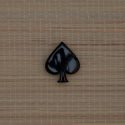




















 Bebe Taian
Bebe Taian CHOKO Blog
CHOKO Blog Gion Kobu
Gion Kobu